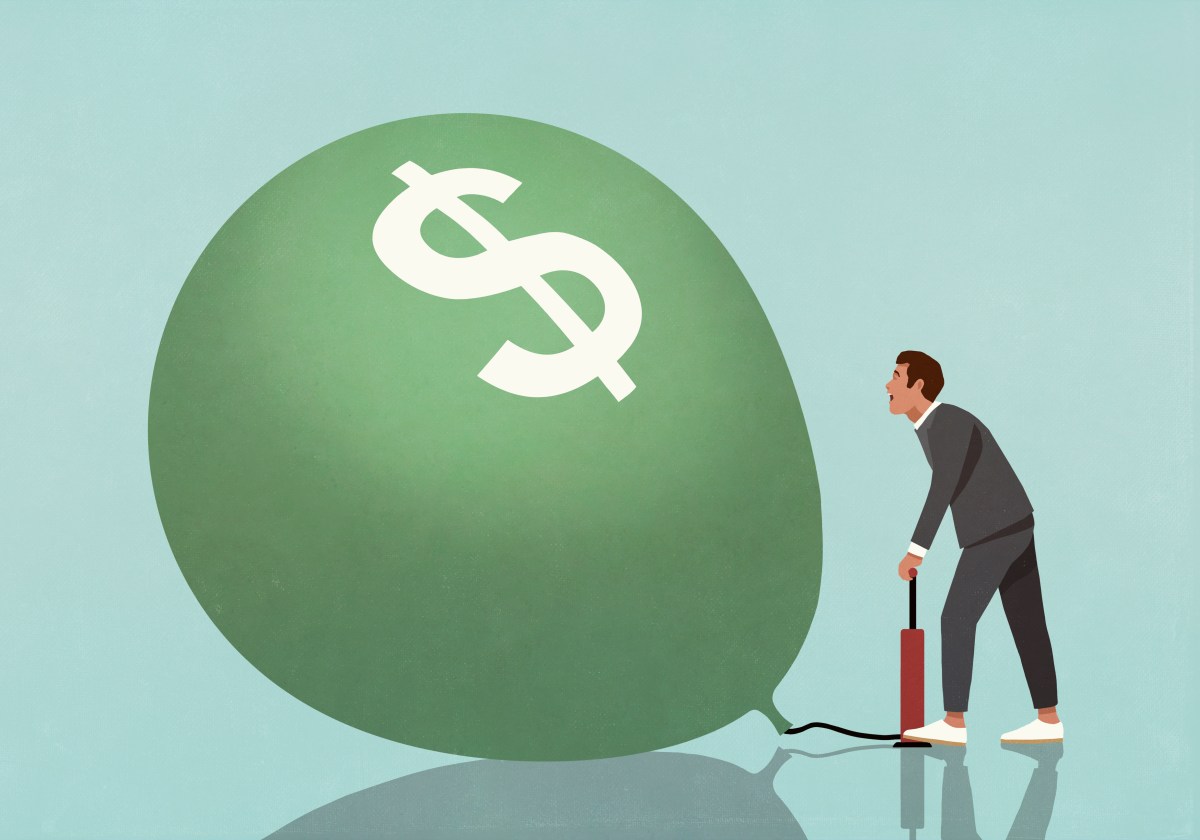VCs are increasingly buying shares of late-stage startups on the secondary market as they try to get pieces of the hottest ones — especially AI companies. But they are also increasingly doing so through financial instruments called special purpose vehicles (SVPs). Some of those SPVs are becoming such hot commodities that they are commanding premium […]
© 2024 TechCrunch. All rights reserved. For personal use only.
VCs are increasingly buying shares of late-stage startups on the secondary market as they try to get pieces of the hottest ones — especially AI companies. But they are also increasingly doing so through financial instruments called special purpose vehicles (SVPs). Some of those SPVs are becoming such hot commodities that they are commanding premium prices.
While that’s good for the VC selling an SPV, it’s a riskier choice for the buyers. And all of this is another sign that AI startups are brewing a bubble.
The secondary market is where existing shareholders, such as startup employees or VCs who bought shares directly from a startup in a fundraising round, can sell some of their shares to others. But because private companies like startups have a say in who can own their shares, many VCs are locked out. The VCs that do have access are setting up SPVs and selling access to their shares to other VCs or investors of their choosing, such as high-net-worth individuals who are accredited investors.
Yet, buying into a VC’s SPV is not buying the startup’s actual stock. It’s buying shares of the SPV vehicle that controls a certain number of the startup’s shares.
“Buying units of the SPV means [VCs] won’t own shares in the actual company; they’ll technically be an investor in another investor’s fund,” Javier Avalos, the co-founder and CEO of secondary deal tracking platform Caplight, told TechCrunch.
While SPVs are nothing new, VCs selling shares of them at a premium is an emerging trend worth paying attention to, Avalos said. For example, he’s seen instances where SPVs that hold shares of Anthropic or xAI are marking up prices 30% higher than what the shares sold for in the last fundraising round or tender offer, he said.
That kind of buying frenzy is a way for investors lucky enough to own actual shares to make a fast profit. “If you are an institutional investor and get access to one of these companies, you could make 30% instantly just by putting a higher price on the SPV,” he points out.
Buying into SPVs, even at high prices, could also allow smaller VC firms to potentially reap future rewards if these companies succeed. Smaller VC firms typically don’t have deep enough pockets to get a chance to buy shares directly from the company in a fundraising event.
But owning the SPV versus owning the actual shares is a distinction that makes a big difference.
SPV owners, for instance, get less insight into the financial health of the company than actual shareholders. They aren’t direct investors so would not have access to communications the startup has with its investors. They also don’t have direct voting rights over the shares, meaning they don’t have the same kind of influence over the company. On top of that, the startup did not agree to deal terms with them individually. Direct investor VCs negotiate terms that range from the ability to buy more shares to veto power over IPOs or acquisitions. SPV owners don’t have such terms directly with the startup.
The startup will have to grow greatly in value for an investor who paid a 30% premium to make a profit. And if investors with voting rights agree to an acquisition that is profitable for them, but not profitable for those who paid more for their share of an SPV, the SPV backers would get burned.
On top of all that, the whole point of buying shares on a secondary market is to buy them at a discount to their current valuation, VC Brian Borton, a partner at secondaries specialist firm StepStone told TechCrunch in June.
The investors buying high-priced shares in SPVs know this, of course, but are betting that these companies will perform strongly enough to be worth it.
Maybe they will. But considering AI is seeing lofty valuations despite nascent use cases and revenue, that’s a pretty big risk.

Leave a Reply